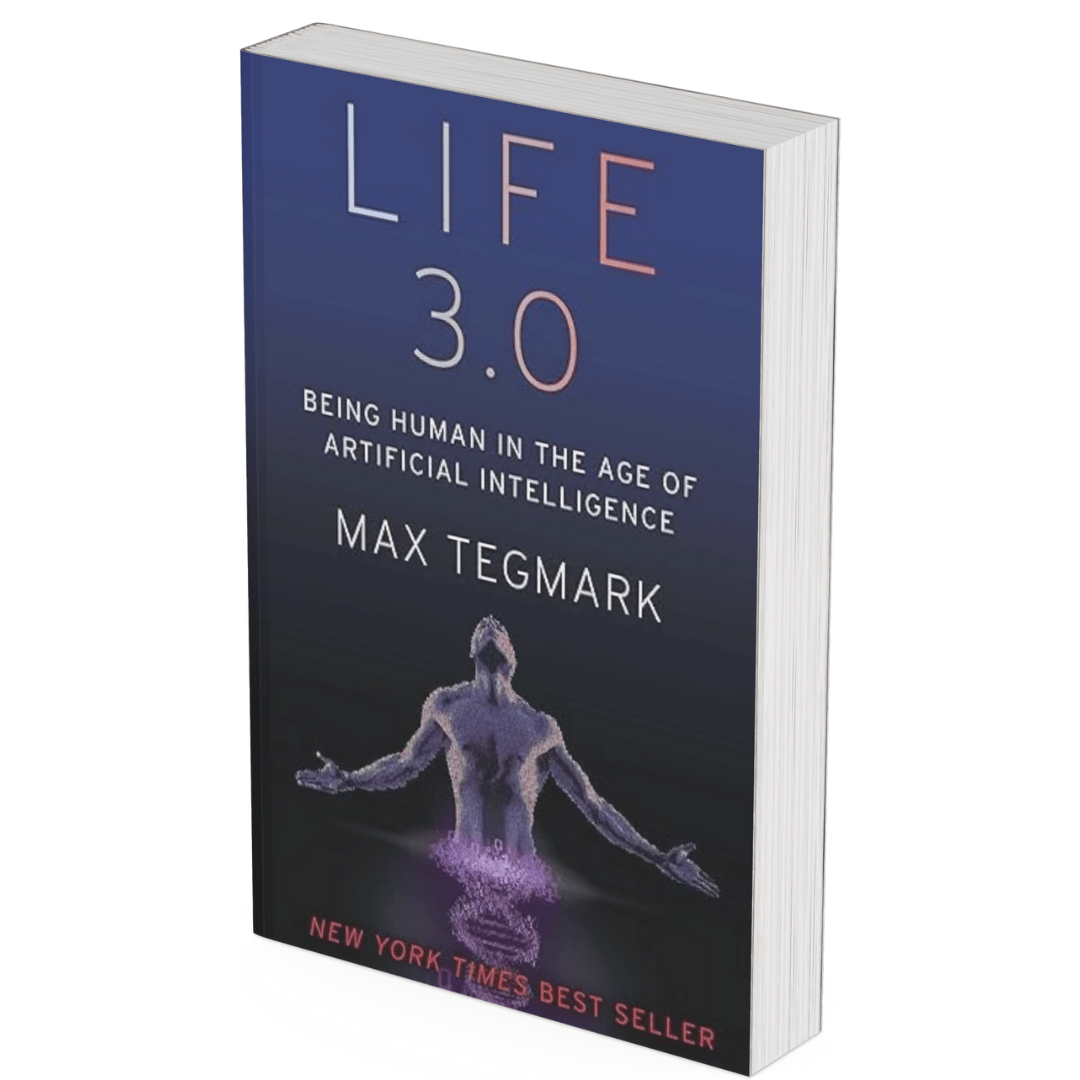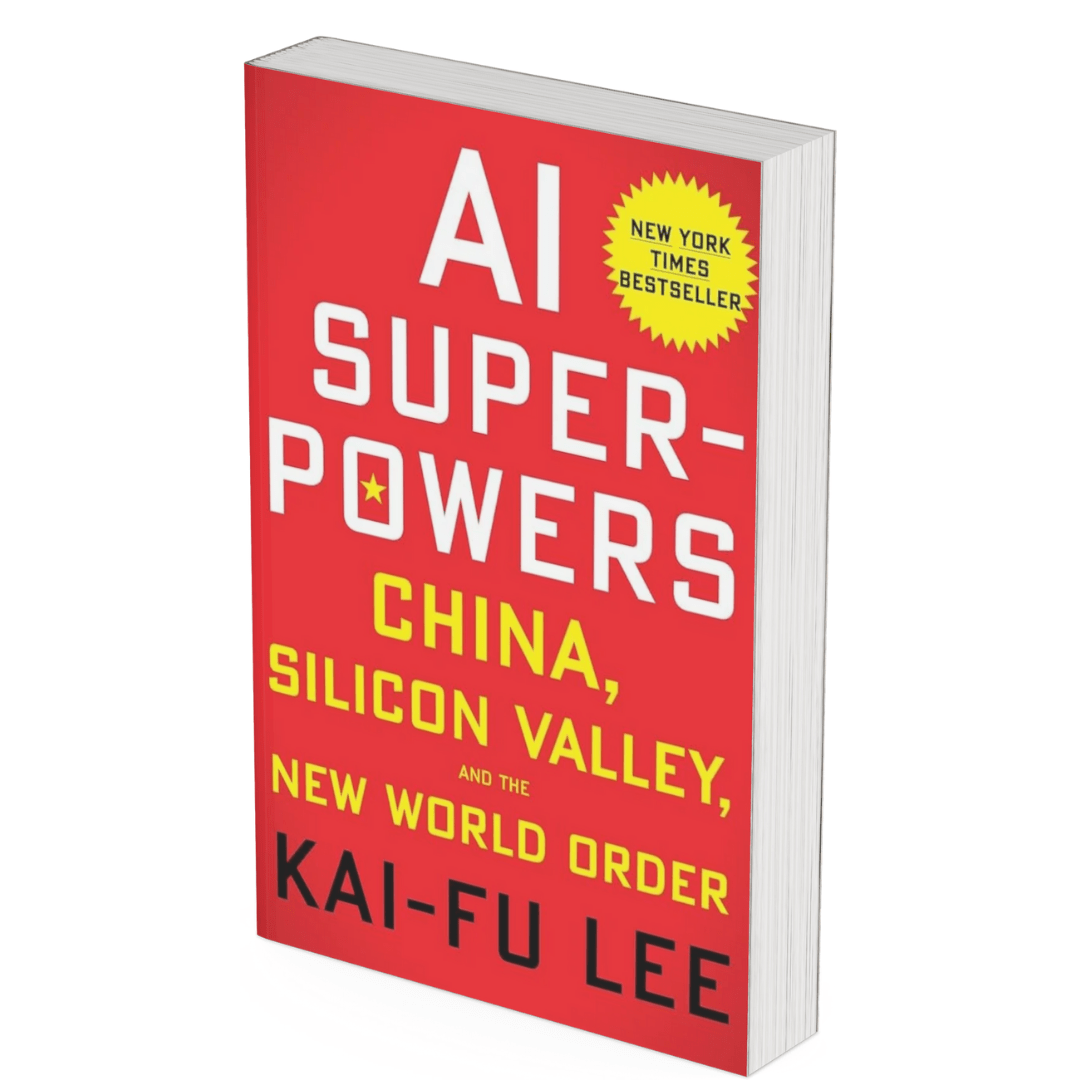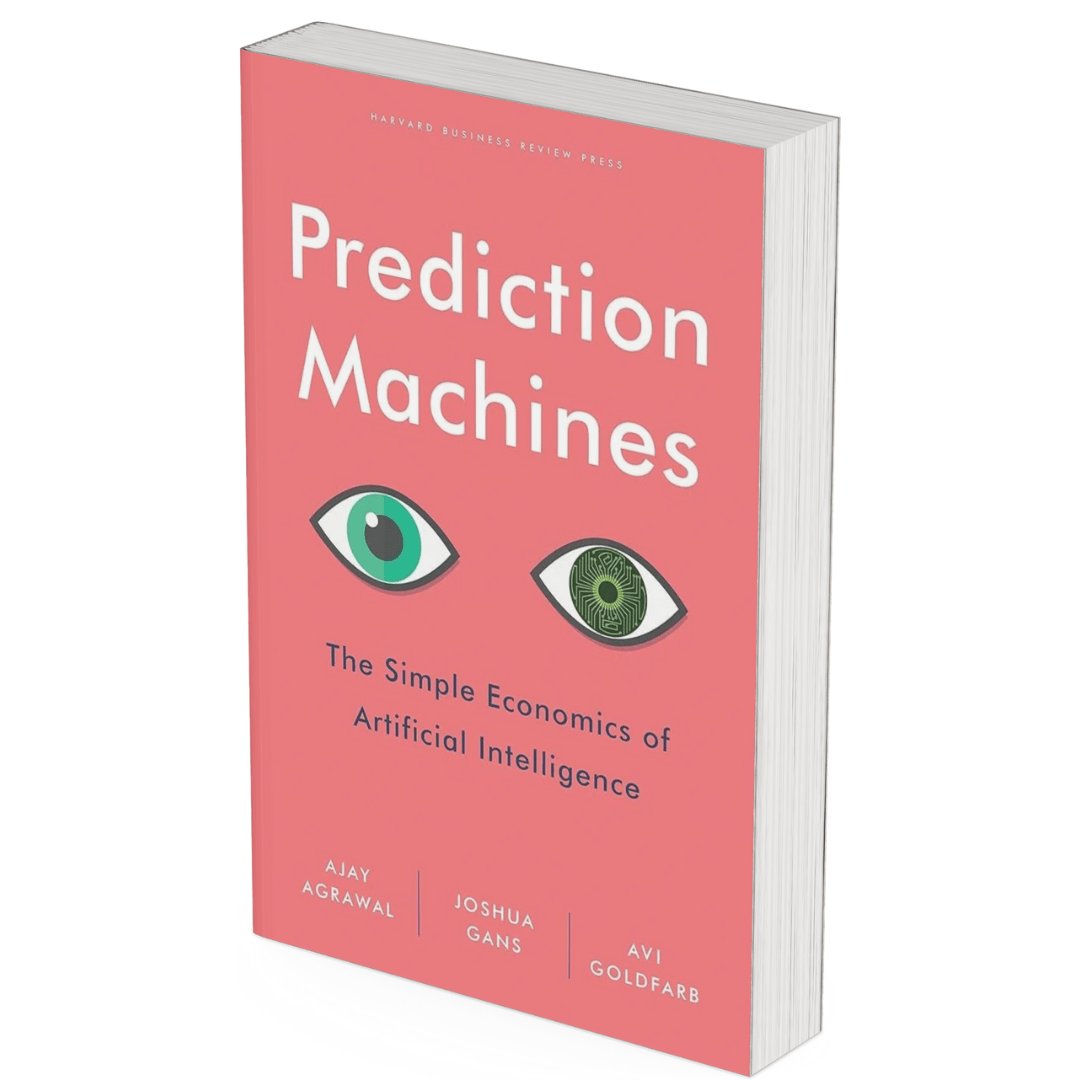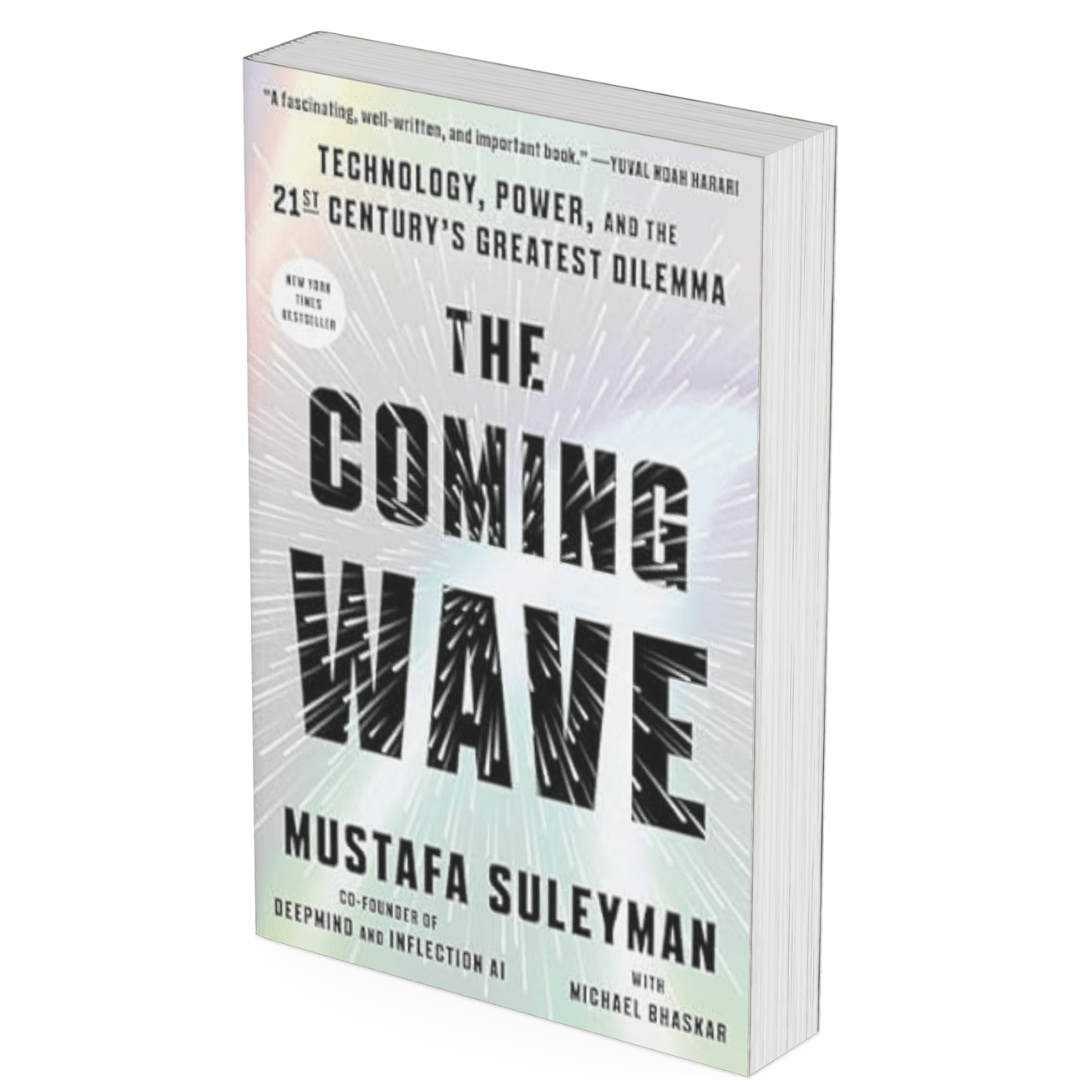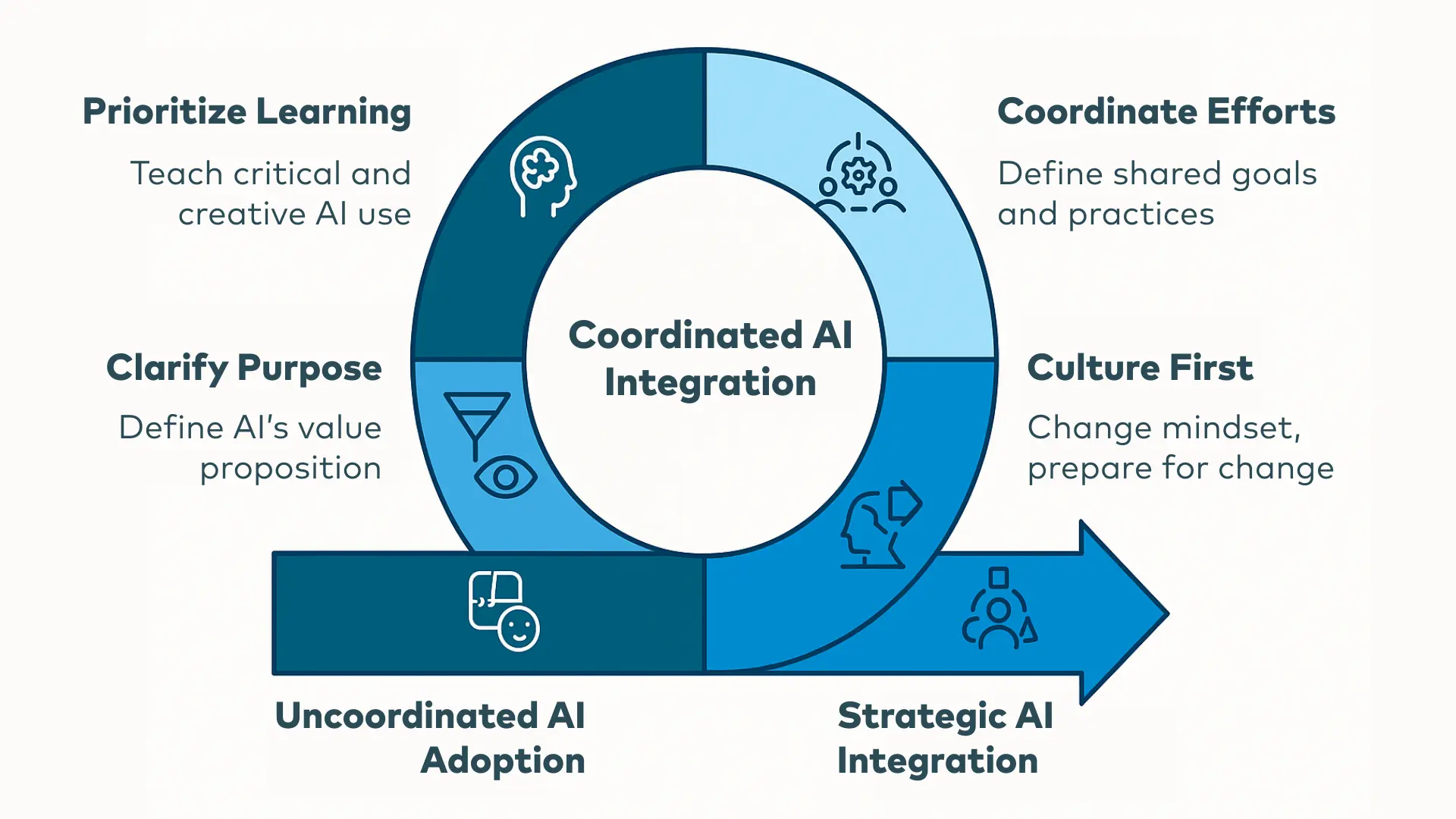AI used to be just a “smart assistant”—you gave it a command, and it gave you back an answer. But that’s quickly becoming old news.
Welcome to the era of intelligent agents: AI systems that move on their own, make decisions, plan and act independently. This new wave is called Agentic AI, and it’s more than an evolution—it’s a paradigm shift.
Unlike traditional generative AI, which responds to prompts or produces content on demand, Agentic AI is proactive. It understands goals, designs strategies, takes action autonomously, evaluates the environment, and adapts in real time. It’s a game-changer in any field where fast, context-aware, multi-step decision-making is crucial.
Not a concept—already reality

This isn’t a lab experiment anymore. OpenAI, Google, and Amazon are already deep into the game.
In early 2025, OpenAI started this with launching “Operator,” a ChatGPT feature that let users offload complex tasks like travel bookings or calendar management to intelligent agents. It’s no longer just text generation—it’s about completing real-world tasks, across multiple steps, in dynamic contexts.
Google is betting on the fusion of Agentic AI and semantic search. Their agents can coordinate actions across apps, make decisions based on historical or environmental data, and connect with external systems to execute real-world tasks.
Amazon is integrating intelligent agents into its AWS platform, empowering developers to build autonomous solutions for logistics, customer service, and industrial automation. This isn’t early-stage tech—it’s already being used by real companies to solve real business problems.
Where it’s already in action (and what it’s delivering)
Agentic AI applications are multiplying fast. In logistics, autonomous agents manage inventory, predict demand, and reorganize supply chains based on market shifts.
In customer service, they do more than just reply to queries—they open tickets, track progress, and close cases, all without human input.
In IT, agents detect issues, trigger resolution workflows, run tests, and apply updates. In e-commerce, they support the customer journey end-to-end—suggesting products, sending emails, managing promotions, and handling follow-ups.
According to a McKinsey report, manufacturers piloting these technologies have seen sharp reductions in operational costs and improved production agility. Service companies report increased customer satisfaction and faster response times.
So, is it all smooth sailing?
Not quite. The potential is massive, but challenges remain.
First, data quality is key. An AI agent is only as effective as the information it’s built on. Then there’s the matter of accountability: who’s responsible if an agent makes a bad call? What ethical and legal boundaries should be in place? Agent autonomy must always be counterbalanced with transparent controls. We can’t afford systems that “decide” without anyone understanding how or why.
Finally, adoption isn’t plug-and-play. It demands internal transformation—technical infrastructure, new skills, and a culture open to advanced automation. It takes more than flipping a switch. It takes a strategic vision.
Bottom line
Agentic AI isn’t the latest buzzword. It’s a new way of thinking about the relationship between humans, technology, and decision-making. It’s already in use at major companies, being integrated into business processes, and when implemented strategically, it has the power to truly transform the way we work.
Those who ignore it risk falling behind. Those who embrace it, consciously and deliberately, can reimagine their operations, products, and services.
So, are you ready to really delegate to AI?




